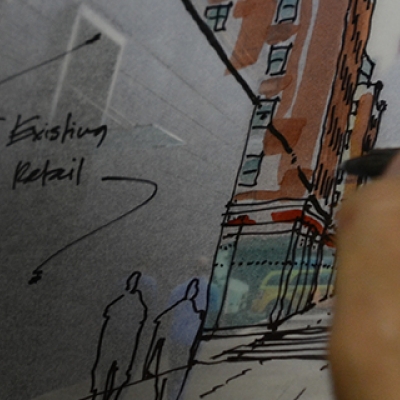By Christopher B. Leinberger / On May 29th, 2012
Walking isn't just good for you. It has become an indicator of your socioeconomic status.
Until the 1990s, exclusive suburban homes that were accessible only by car cost more, per square foot, than other kinds of American housing. Now, however, these suburbs have become overbuilt, and housing values have fallen. Today, the most valuable real estate lies in walkable urban locations. Many of these now pricey places were slums just 30 years ago.








